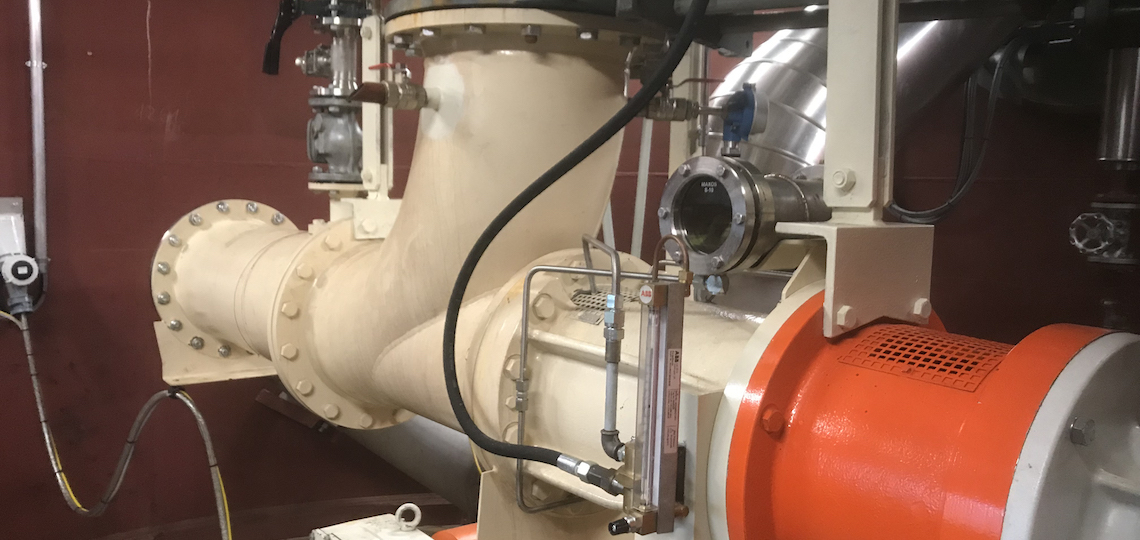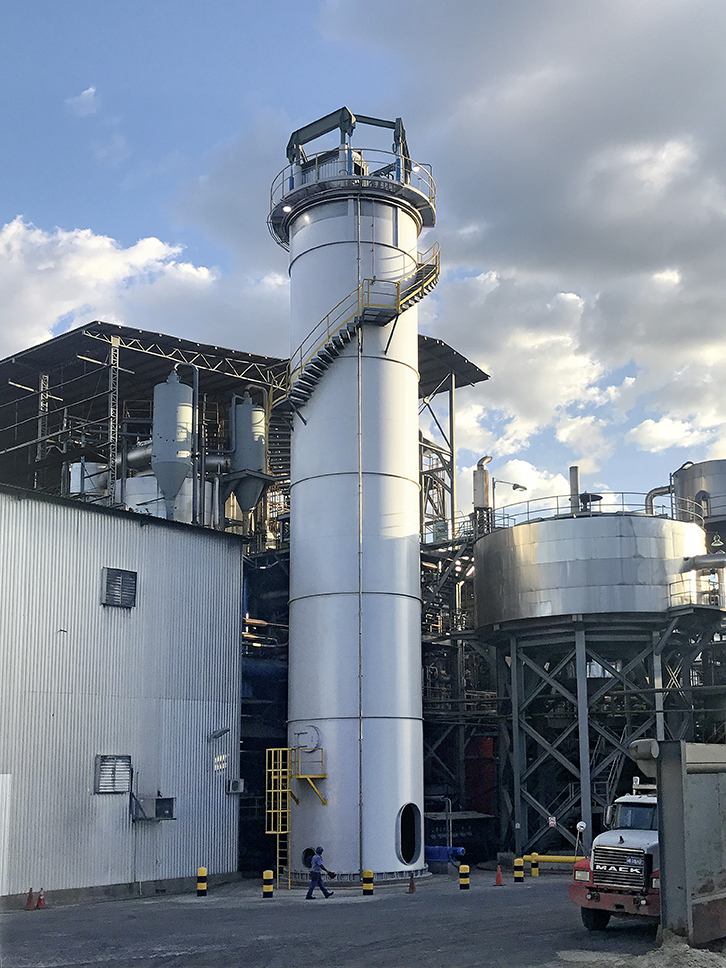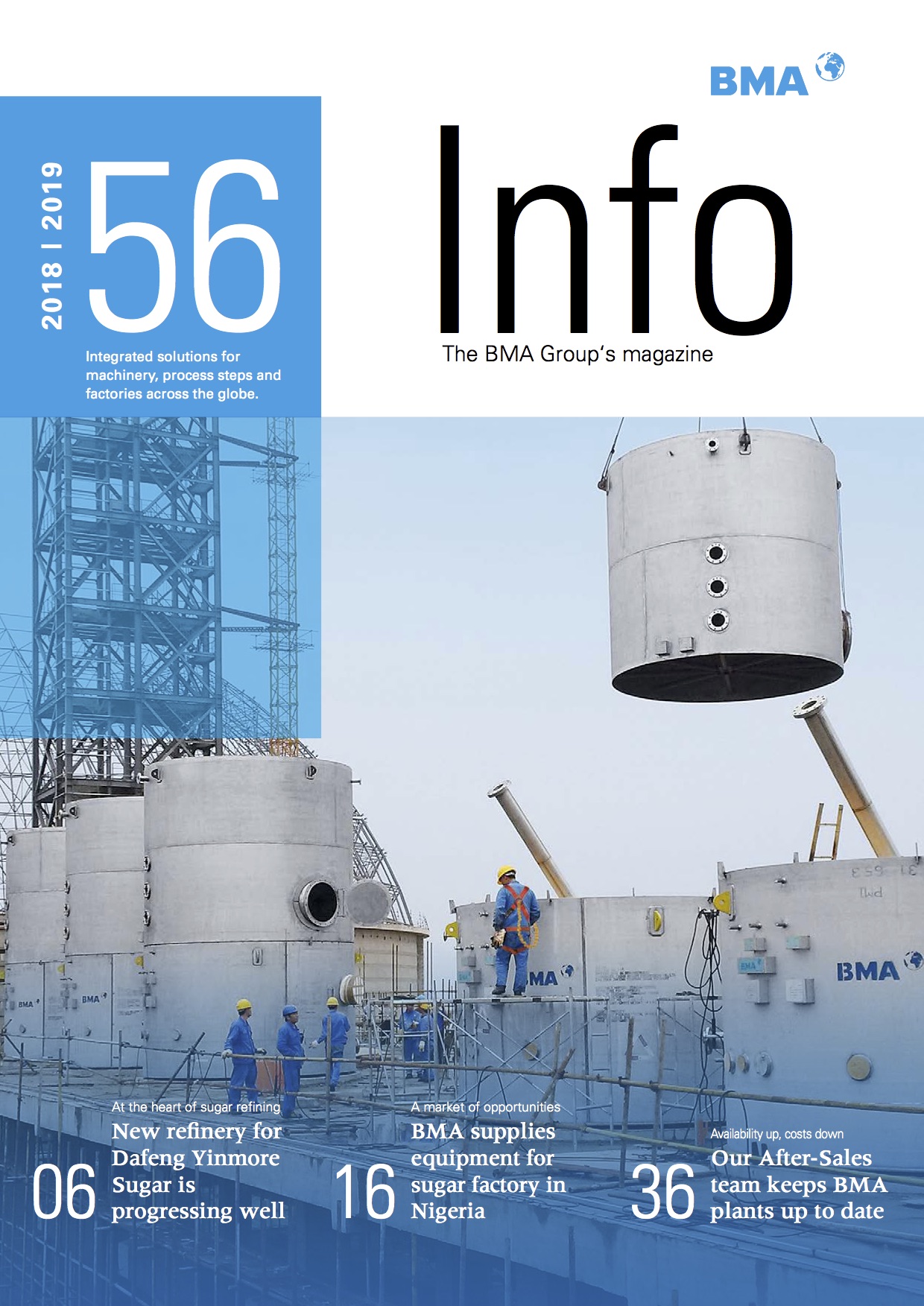Central America is another part of the world where continuous cooling crystallisers (OVC) from BMA are rated highly.
So what is it that makes our OVCs so successful?
Rated highly
Why more and more factories rely on OVCs
Only recently, the Ingenio Chaparrastique factory based in the San Miguel region of El Salvador has commissioned a new cooling crystalliser (OVC) from BMA. Standing 27.5 metres tall, it has a processing rate of 30 tons per hour.
Team work: contributions from three manufacturing sites
News has spread of the excellent collaboration between Grupo CASSA from El Salvador and BMA. And Grupo Zucarmex, who operates six sugar factories in Mexico, is now installing its first OVC. It will be built at the Ingenio Pujiltic site, in the Pujiltic region of Mexico. It is the first cooling crystalliser produced jointly by manufacturing sites in Germany, the United States and Mexico.
In the beet sugar industry, cooling crystallisers are the state of the art. The Puga sugar mill in Mexico has been operating the largest OVC to date in the Americas since 2011, with a height of 33.5 metres. OVCs are used for evenly cooling C-product massecuite, by 1 K per hour from 65 to 40 °C. This slow cooling process ensures that supersaturation in the OVC always stays within a range that promotes the growth of existing crystals but not the development of new seeds. Use of an OVC can considerably reduce the formation of fine crystals, which cannot be separated in continuous centrifugals, resulting in higher molasses purity.
Excellent heat transfer, small temperature difference
One major benefit for crystallisation is the even lowering of the temperature throughout the massecuite flow. This is achieved with excellent heat transfer and a small difference in temperature. With the cooling elements moving up and down in the massecuite, conditions for heat transfer are kept the same everywhere in the system. Since no incrustations can form on the cooling surfaces, heat transfer is excellent throughout the campaign.
Use of an OVC can help reduce molasses purity in cane sugar factories by an average of 4 to 5 percentage points. The lowering of the temperature from 55 to 40 °C accounts for an additional 2 to 3 percentage points. And improved separation in the centrifugals reduces purity by another 1 to 2 percentage points.
Higher output quickly pays for investment
With the installation of OVCs, sugar mills in Mexico, India, Senegal and El Salvador have increased their sugar output so much that the additional revenue paid for the investment before the end of the second campaign.
Counting the new OVCs, twenty BMA-made cooling crystallisers are now in operation throughout North, Central and South America – clear evidence that the OVC from BMA has secured a permanent place for itself in cane sugar production.




